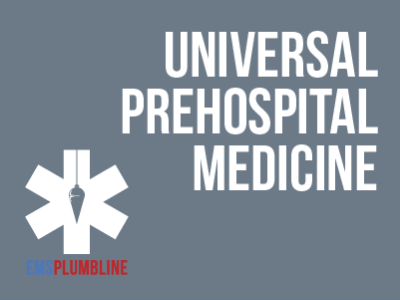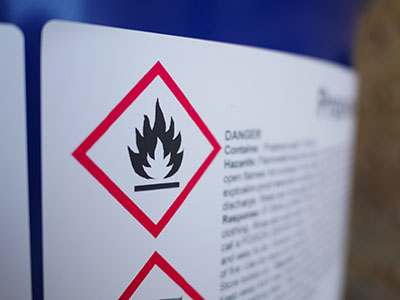 |
Call Center Management: Managing for Excellent Service |
1.00 |
This course will cover how to set service levels, achieve service levels, and use reports. |
 |
Budgeting: Reviewing Budgets |
1.00 |
A typical budget contains information for a single year and is updated and revised periodically. Each company creates a budget that fits its unique needs. A budget can be used for many purposes, but its primary functions should be to support strategic goals and to help identify when actual results deviate from what was predicted. |
 |
Brick by Brick: Trauma Transport Decisions 4—Pediatrics |
0.50 |
|
 |
Permit-Required Confined Spaces |
1.00 |
This course covers the safety basics while working in permit-required confined spaces. You will learn the differences between a confined space and a permit-required space, as well as how to identify potential hazards in confined spaces and the safeguards that go along with them.
|
 |
Safe Infant Sleep: SIDS and the Safe Infant Sleep Position |
1.00 |
This course is focused on the American Academy of Pediatrics’ best practice recommendations for reducing the risk of Sudden Infant Death Syndrome (SIDS) and Sudden Unexpected Infant Death (SUID) and for promoting safe sleep in infant care settings.
Course Learning Objectives:
Define Sudden Infant Death Syndrome (SIDS) and Sudden Unexpected Infant Death (SUID), and their relationship to safe infant sleep in infant care settings.
Identify safe infant sleep position and safe sleep environments. |
 |
Engaging Middle School Youth in College & Career Readiness |
1.00 |
This course will introduce participants to the College & Career Readiness Toolkit, developed by the Maryland Out-of-School Time (MOST) Network, as well as developmentally appropriate activities and considerations for implementing college & career readiness with middle school youth in an out-of-school time setting. |
 |
Time Management: Productivity |
0.75 |
This course will focus on how to increase productivity by controlling interruptions and meetings and recognize and overcome factors that adversely affect productivity. |
 |
Hazard Communication Basic (Short) |
0.25 |
This course covers the basics when it comes to hazard communication. The topics will range from the Hazard Communication Standard to the labeling of hazardous materials. |
 |
Elements of an Effective Safety and Health Program |
1.00 |
This course covers recommended practices for a proactive approach to managing workplace safety and health. Finding and removing hazards before they become problems avoids the direct and indirect costs of worker illnesses and injuries and promotes a positive work environment. |
 |
Quality Management: The Costs Of Quality |
0.50 |
Before the quality revolution that began in the United States in the 1980s, quality was frequently viewed as a goal that came at a higher price for production. However, the reality is that poor quality is a result of the ineffective use of resources, including wasted material and labor. Therefore, improved quality means better use of resources and lower costs.
In this course you will learn to: identify the relationship between quality and cost, the benefits of establishing quality requirements, management’s responsibilities for achieving conformance, and the costs of customer dissatisfaction. |











